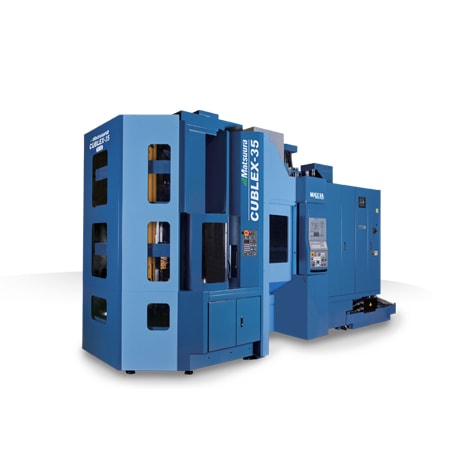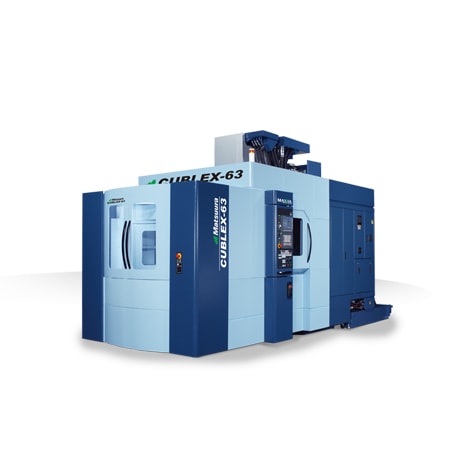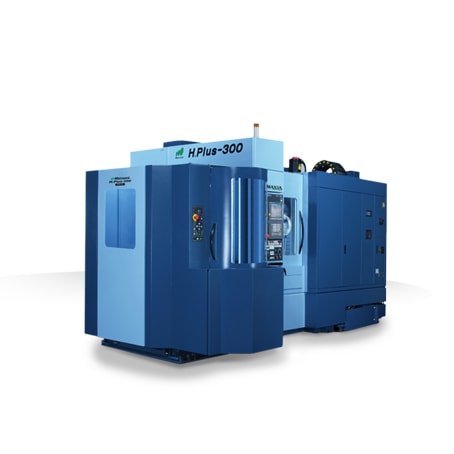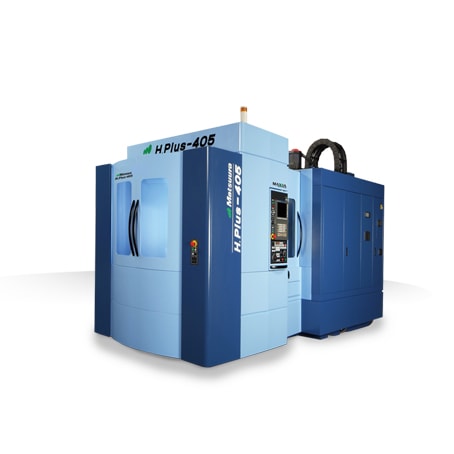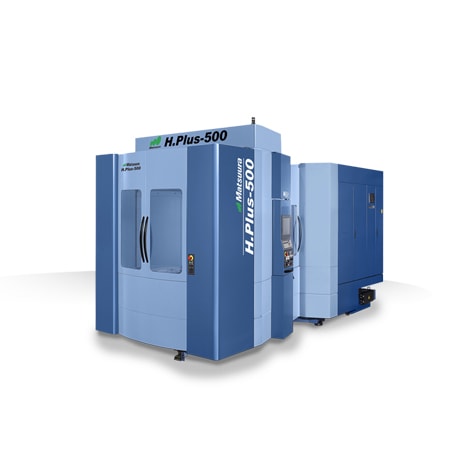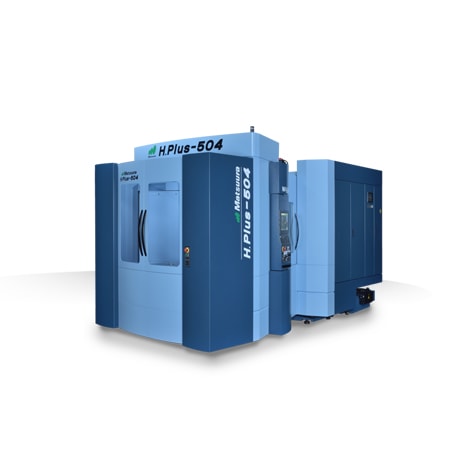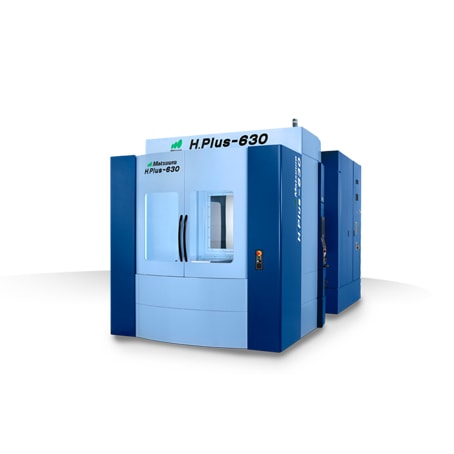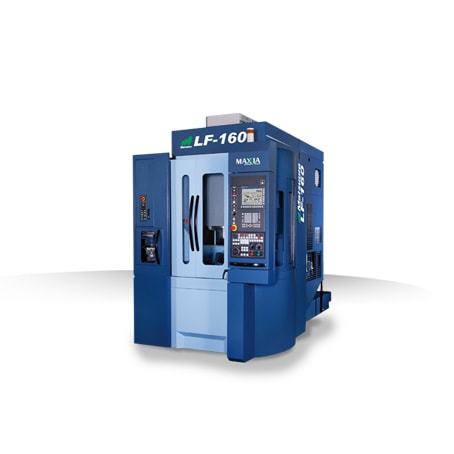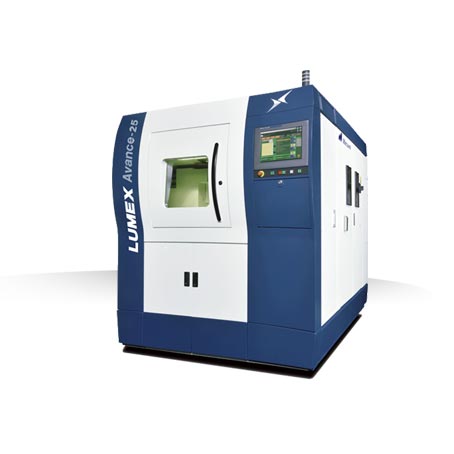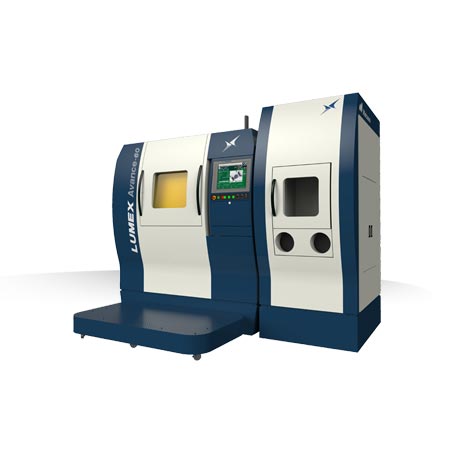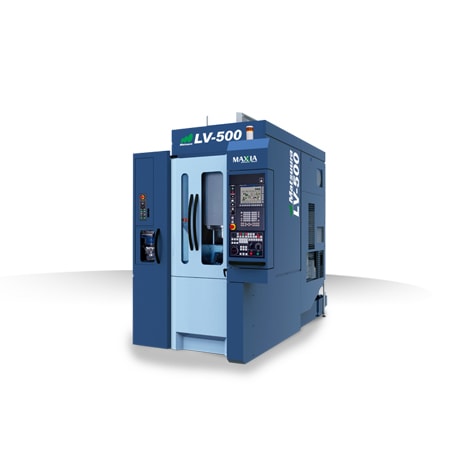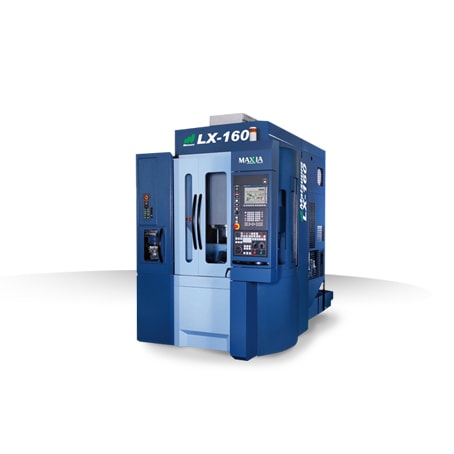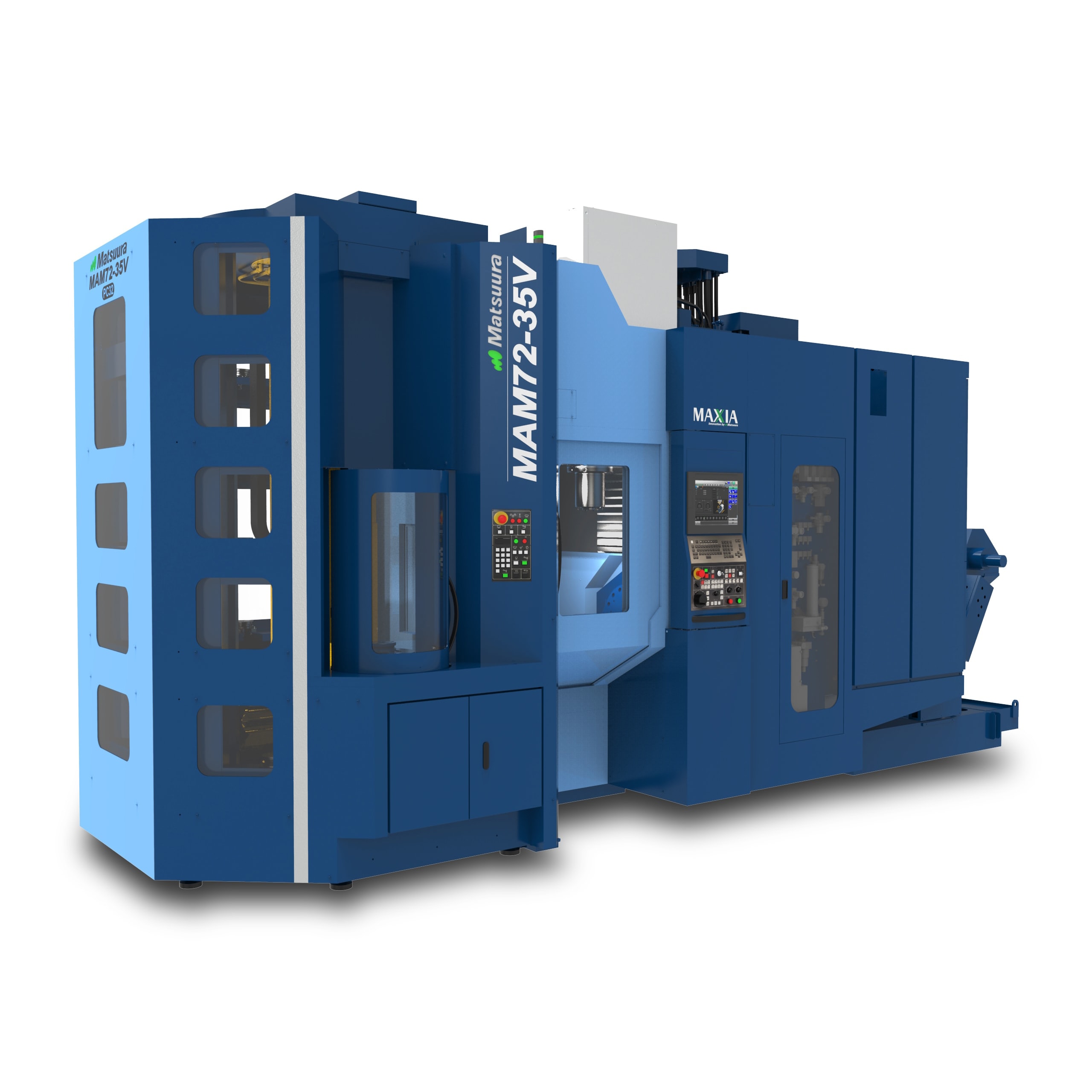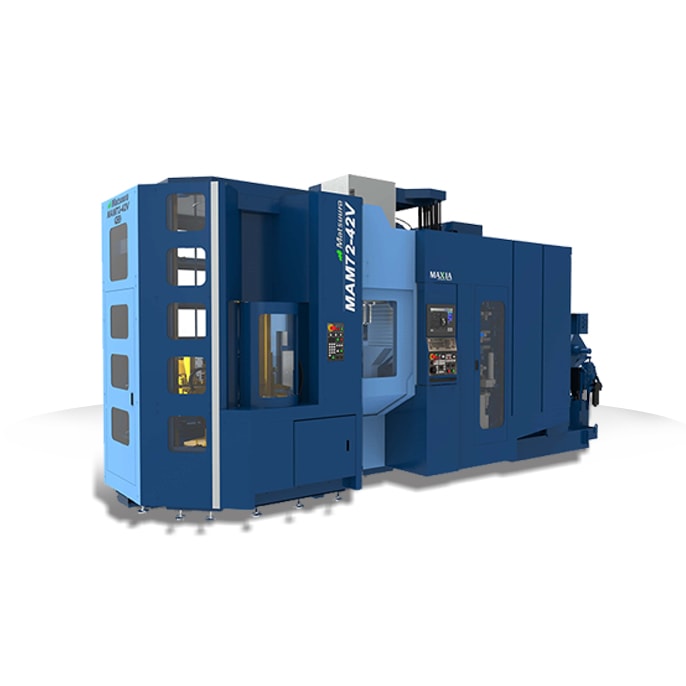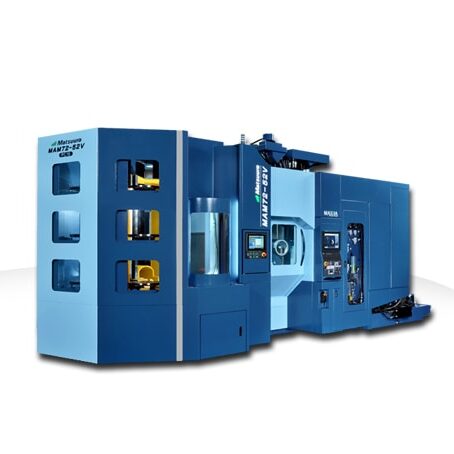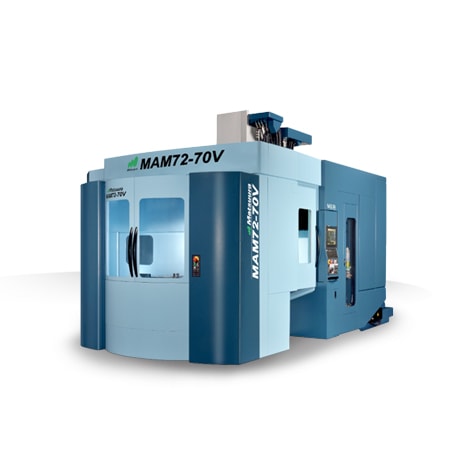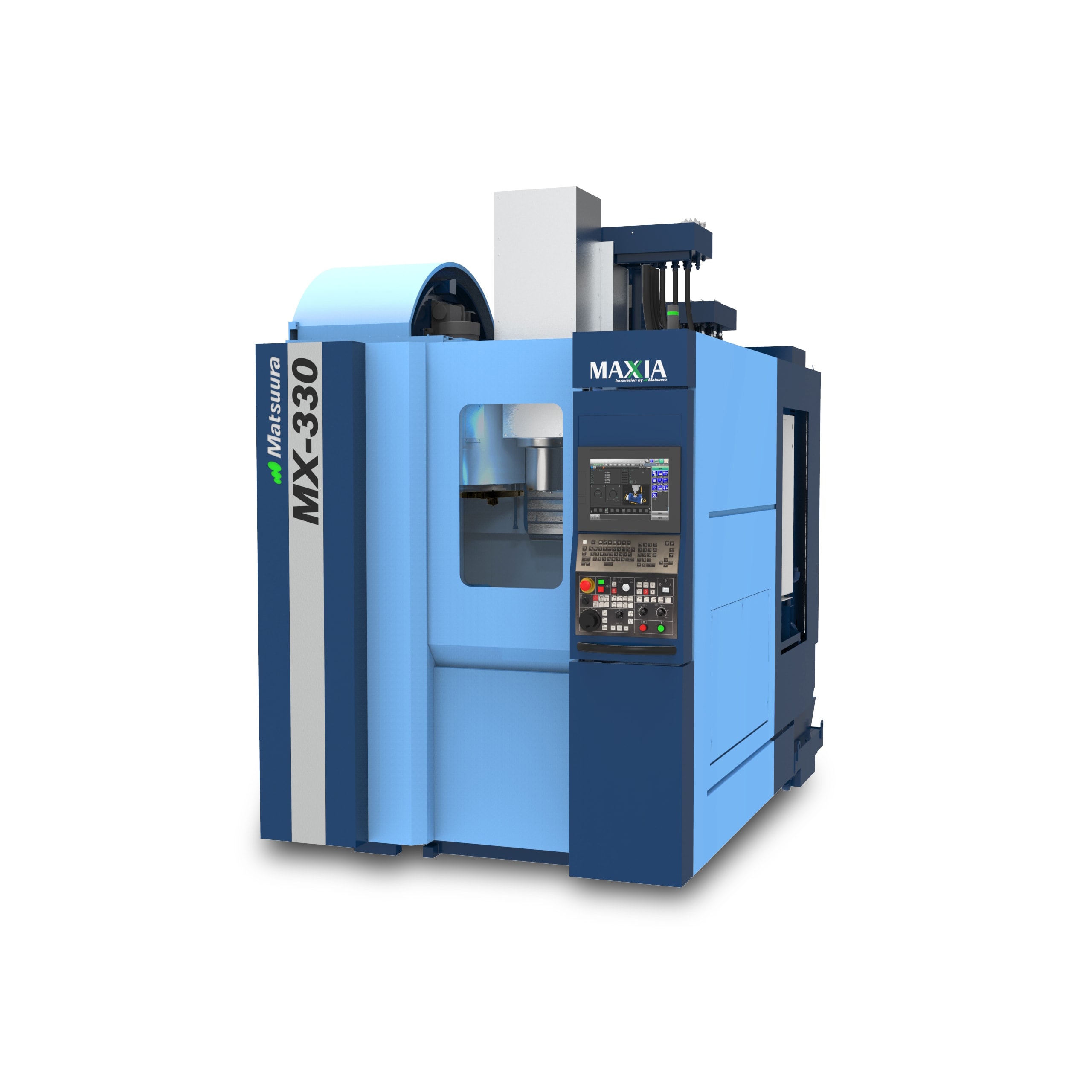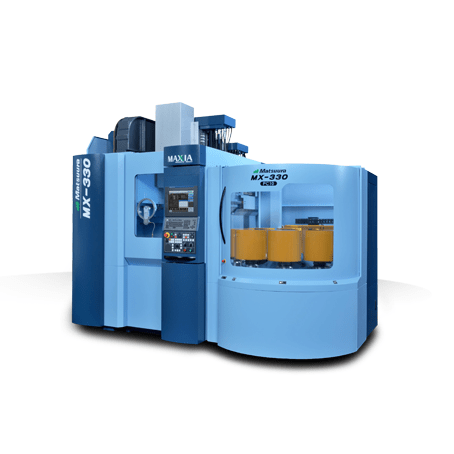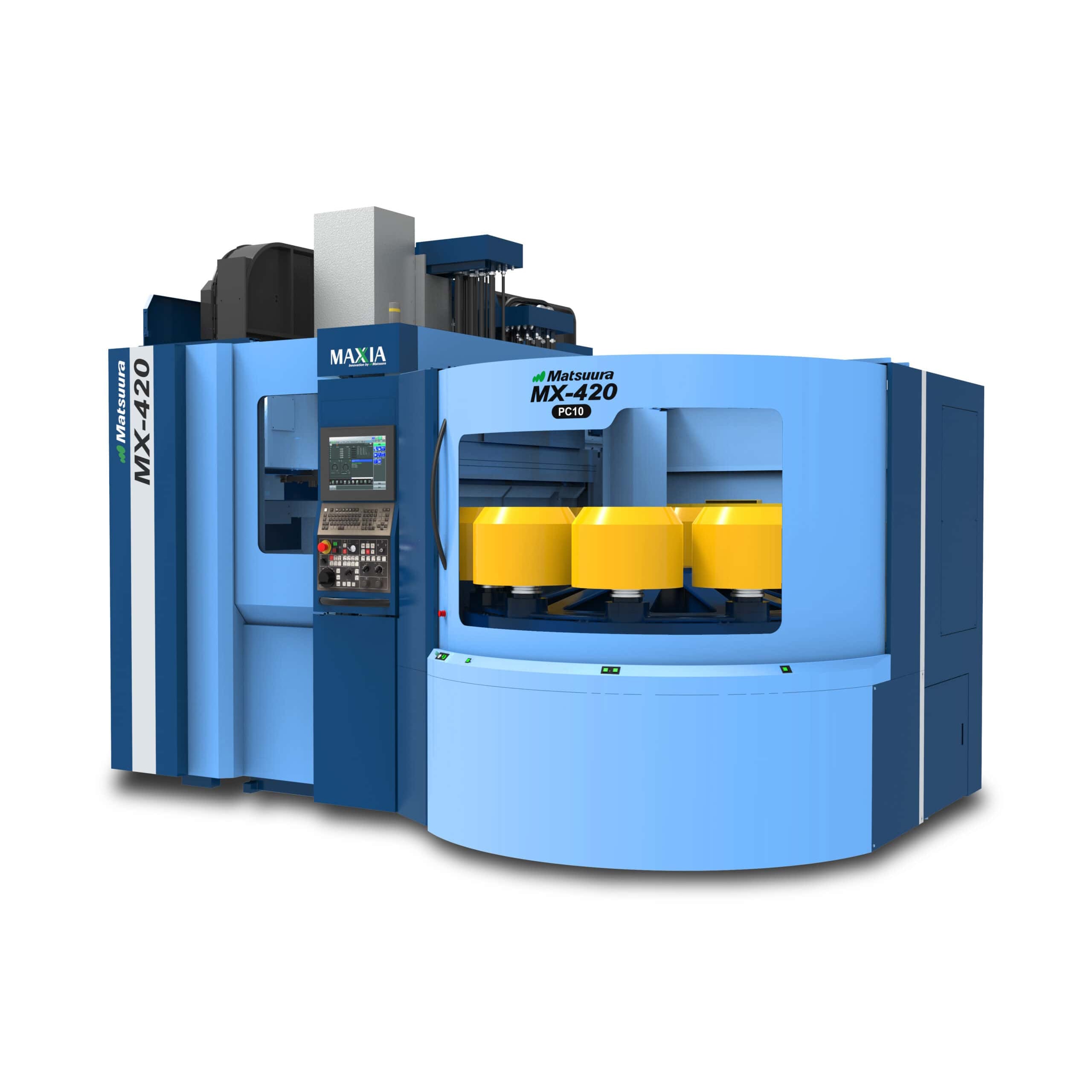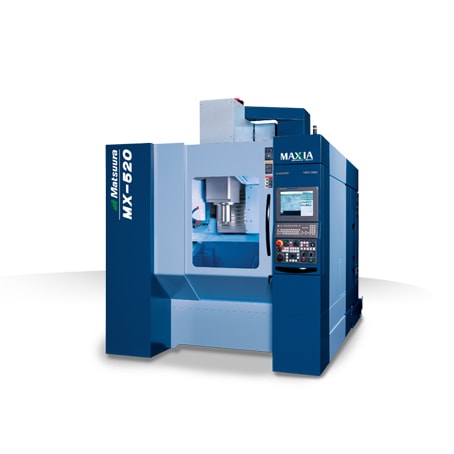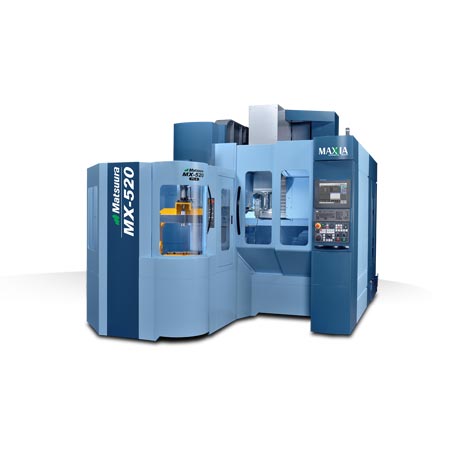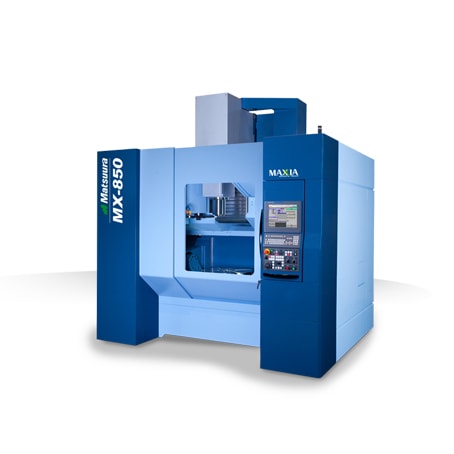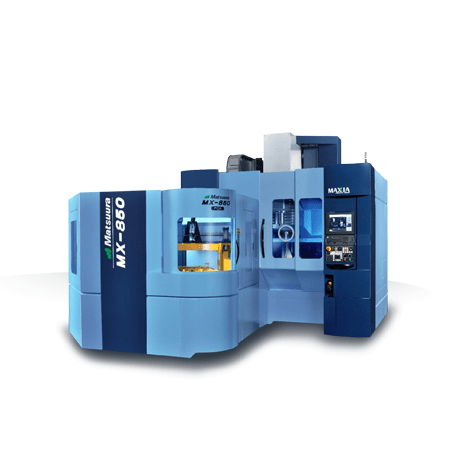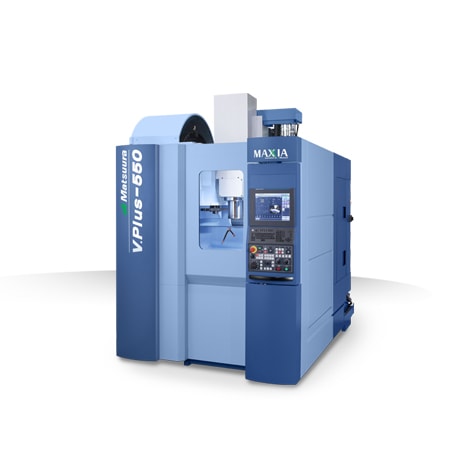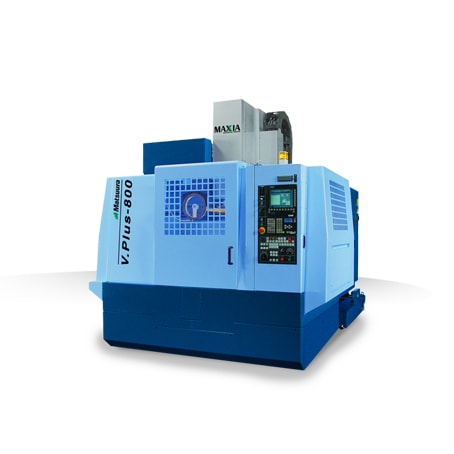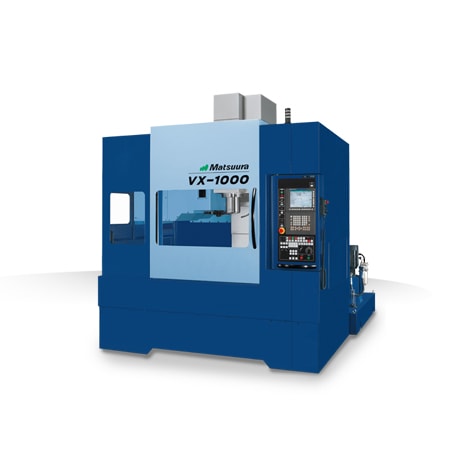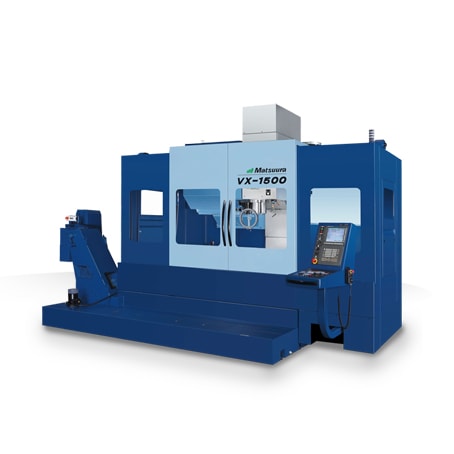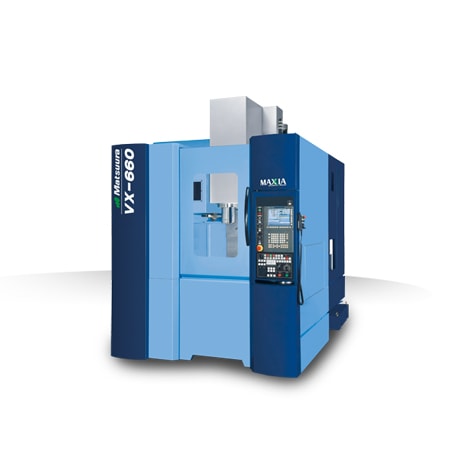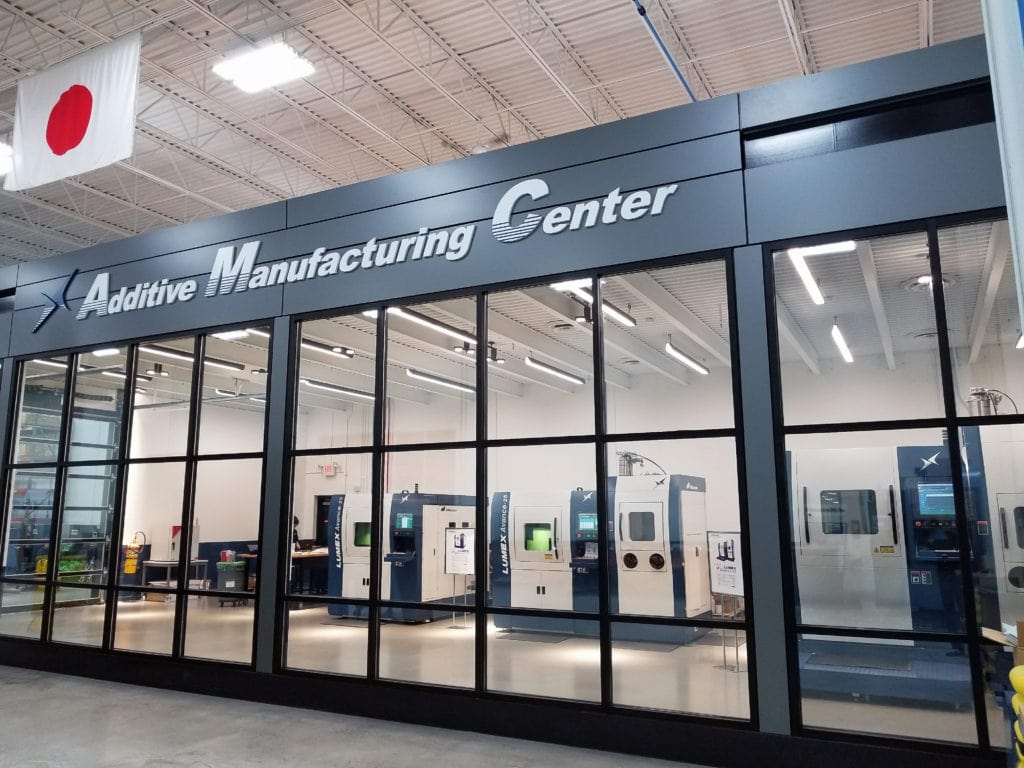
St. Paul, MN (January 20, 2020) — The way products are designed and engineered is changing thanks to 5 new technologies, according to Bernard Marr, Forbes Magazine Contributor. These technologies, from digital twins to 3D printing, not only support humans in their design and engineering work, but they can also efficiently uncover new ways of solving problems that humans hadn’t thought of before.
The human professionals in design and engineering roles in organizations will see changes to their job duties, will be challenged to acquire new skills and flexibility, and learn new ways of collaborating with machines.
Matsuura Machinery maintains a strong history of being at the forefront of innovative design and development of manufacturing solutions for over 80 years.
Matsuura today produces a wide range of exceptional high-speed machining centers covering all industry sectors including: horizontals and verticals in all sizes, configured with 3 to 5 axis, single table, multi pallet systems, tool changers, our pioneering range of ultra-high speed linear motor machines and the Matsuura LUMEX Series which combines selective laser sintering (SLS) along with high speed milling (HSM) commonly called Hybrid AM.
Here are the five biggest technology trends that are disrupting engineering and design from Forbes.com:
Digital Twins
Imagine the power of being able to design and build something virtually to see how everything comes together before you expend real-world resources and then figure out a flaw in the design. You no longer must imagine. While the concept for digital twins has existed for quite some time, the adoption of the Internet of Things (IoT) makes digital twins affordable. Digital twins create an exact virtual replica of something in the physical world using data and algorithms instead of materials. The transformative potential of digital twins is so incredible, the technology was listed on Gartner’s Top 10 Strategic Technology Trends for 2017 and 2018. Digital twin technology has been deployed in Formula 1 car racing to evaluate the performance and reliability of new parts. Ultimately, a digital twin provides design and engineering teams real-time information about how whatever they are creating will perform under a variety of circumstances.
Artificial Intelligence (AI)
Artificial intelligence continues to be one of the fastest-growing emerging technologies, so you likely aren’t surprised that it is also disrupting design and engineering now that Industry 4.0 is here. Engineers will need to learn how to collaborate with artificial intelligence to produce better products and to be open to evolving to work with the latest tools available to them. Engineers must embrace flexibility and adapt to changes that artificial intelligence will bring to the way they work from robotics, natural language processing, automation, and more.
Generative Design
Generative design uses artificial intelligence (AI) software and the computing power of the cloud to create design solutions that would never have been conceived by the human mind—or at least as quickly. Engineers have a new partner in designing solutions and can collaborate with generative design algorithms to co-create. To start the process, an engineer or designer gives the algorithm design parameters, and then the software explores all possible combinations and generates hundreds or even thousands of design options. Then, the engineer or designer takes those options and explores the feasibility of the design solutions. Generative design has been used to design everyday objects such as chairs and power tools as well as help solve larger engineering feats such as when Airbus used generative design to redesign an interior partition for its A320 aircraft. In that example, the collaboration between man and machine came up with a solution that shaved off 45 percent of the part’s weight.
Robotics
Most organizations will benefit from enhanced performance, improved products, higher productivity, and more with the adoption of new technology. Robots that are deployed today can do much more than provide physical strength to tasks or move items around a warehouse—they can complement human work in a variety of ways, even with cognitive tasks. Engineering time and risk have been reduced thanks to software that can simulate robotic applications and maintenance. Robots can now “think out-of-the-box” rather than just be programmed to do repetitive tasks.
3D Printing
Additive manufacturing, more commonly known as 3D printing for three-dimensional printing, is transforming the way business is done as well as how things are designed and made. From 3D printed parts on commercial airplanes to those implanted in humans through innovative healthcare applications, 3D printing is incorporated in many areas of our lives.
Now that 3D printing is a critical part of how businesses and manufacturers design and make products, it’s changing the future of engineering and the engineering degree. This technology allows for prototypes to be made quickly and economically.
Matsuura’s Hybrid additive/subtractive machining produces highly accurate parts from metal powders that are melted and sintered using a laser while surfaces are precisely milled at high speeds. This technology allows the ability to “grow” a metal component in layers with complex internal features and fine mill those internal features, as the layers are added, to give a perfect surface finish are what makes the LUMEX Series such a distinctive, unique and remarkable production platform and machine tool.
The Matsuura LUMEX Technology has completely disrupted the part design paradigm. Instead of starting from a block or some other traditional geometric shape, the designer now begins with a blank page to ‘grow’ their designs for lightest weight, sleekest design, and most efficient use of material.
Matsuura USA will exhibit the Matsuura LUMEX Avance-25 metal laser sintering hybrid milling machine at North America’s largest additive manufacturing event, RAPID + TCT, in Booth #1231 at the Anaheim Convention Center.
“Matsuura is excited to showcase our ‘one-machine, one-process’ manufacturing solution,” at RAPID + TCT, where industry-accelerating products are presented,” said Tom Houle, Director, LUMEX, NA.
Matsuura will exhibit the Matsuura LUMEX Avance-25 metal laser sintering hybrid milling machine, a powder bed metal AM platform with subtractive machining capability in Booth 1231 at the event. The machine combines selective laser sintering (SLS) along with high speed milling (HSM) commonly called Hybrid AM.
The Avance-25 relies on one-machine, one-process manufacturing of complex molds and parts by fusing metal laser sintering technology with high speed milling technology. The Hybrid technology creates a “finished” part with machined surface finish and accuracy, without inducing the additional variation caused by multiple machine set-ups and part handling.
The Avance-25 achieves the highest accuracy in part fabrication since metal powders are melted and sintered via laser, while surfaces are precisely milled at high speeds.
3D cooling channels can be incorporated into molds in the single setup, thereby increasing cooling efficiency and enabling high-cycle injection molding with high quality and precision, reducing costs, and improving efficiency.
The Matsuura LUMEX Avance-25 enables differentiated original parts production with internal structures, in a method that has never been possible nor imagined. It is capable of quick-turn production of custom parts, including prototypes and small production run parts.
The Matsuura LUMEX Avance-25 can process parts and molds up to 256 mm x 256 mm x 185 mm with an option allowing processing of 256 mm × 256 mm × 300 mm. The Matsuura LUMEX Avance-25 serves predominantly the high value, high accuracy mold and die market. Dies and molds with very complex geometries can be fabricated in one piece with high accuracy, shortening lead time and reducing manufacturing costs to a half or even a third of conventional methods.
Additional opportunities to observe the Matsuura LUMEX Avance-25 include: AMERIMOLD, June 10-11 in Booth #531 at the Suburban Collection Showplace, Novi, MI; and at IMTS, September 14-19, 2020 in the South Hall, Booth 338148 at McCormick Place.
Appointments may also be made at Matsuura Machinery USA, Inc.’s LUMEX Additive Manufacturing Facility in St. Paul, MN. Located in the company’s 38,000-square-foot headquarters in St. Paul, Minnesota, the facility houses LUMEX Avance-25 and LUMEX Avance-60 machines available for demonstration.
To read more from Mr. Marr, please visit: Forbes.com.
Matsuura Machinery USA, Inc., located in St. Paul, MN is the U.S. subsidiary of Matsuura Machinery Corporation in Japan. Since 1935, Matsuura has been the forerunner in designing innovative technology and manufacturing solutions to a variety of industries around the globe. Matsuura Machinery USA, Inc. delivers unmatched excellence in 5-axis, vertical, horizontal, linear motor, multi-tasking CNC machine tools and machines with a powder bed metal AM platform with machining capability. Matsuura Machinery USA, Inc. provides the service, applications and technical field support that have always been the Matsuura standard for business. For more information on Matsuura products, contact: [email protected].
